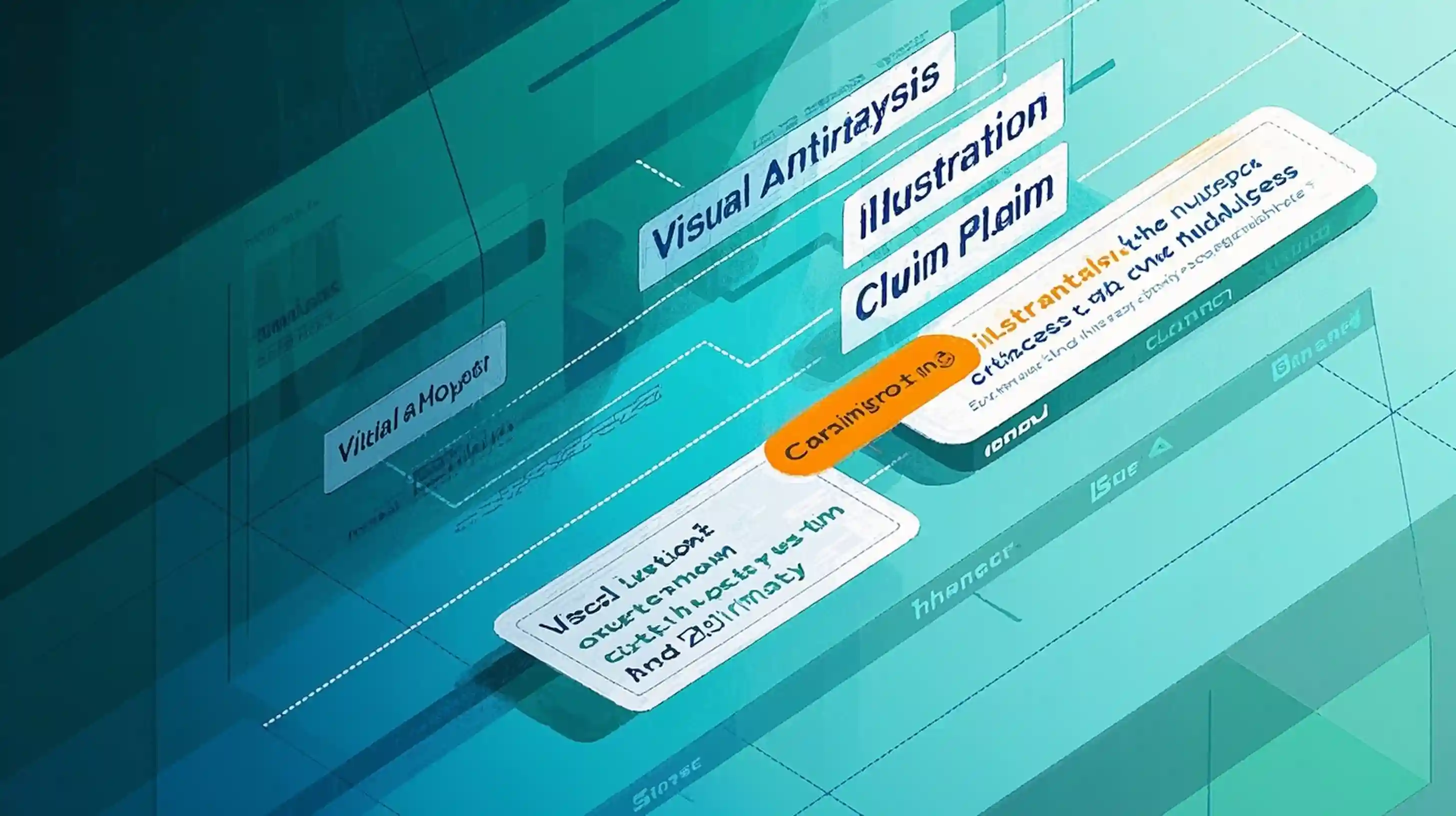
The insurance claim process is a critical aspect of the insurance industry, serving as the bridge between policyholders and the financial protection they've paid for. Understanding this process is essential for both insurance companies and policyholders, as it directly impacts the satisfaction and trust of customers, as well as the overall efficiency and profitability of insurers.
At the heart of the insurance claim process is the policy contract. This legal document outlines the terms and conditions under which an insurance company will provide coverage. When a policyholder experiences a loss or damage that they believe is covered by their policy, they initiate the claim process. The first step typically involves notifying the insurance company as soon as possible. This notification can be made through various channels, such as phone, email, or an online portal.
Once the claim is reported, the insurance company assigns a claims adjuster. The claims adjuster is a professional who is responsible for investigating the claim. Their role is to gather information, assess the extent of the loss, and determine whether the claim is valid according to the policy terms. This investigation can involve multiple steps. The adjuster may visit the site of the loss, interview the policyholder and any witnesses, and review relevant documents such as police reports, medical records, or repair estimates.
In cases where the claim involves property damage, the adjuster will often assess the damage in person. They will take photographs, measure the extent of the destruction, and estimate the cost of repairs or replacement. For example, in a car insurance claim after an accident, the adjuster will inspect the vehicle, evaluate the damage to the body, engine, and other components, and obtain quotes from auto repair shops.
When it comes to health insurance claims, the process can be more complex. The adjuster will need to review medical records to ensure that the treatment and expenses are covered by the policy. They may also communicate with healthcare providers to verify the services rendered and their necessity. This is to prevent fraud and ensure that the insurance company is only paying for legitimate medical costs.
After the investigation is complete, the claims adjuster will make a determination on the claim. If the claim is approved, the insurance company will proceed with the payment. The payment amount is based on the terms of the policy and the assessment of the loss. In some cases, the insurance company may pay the policyholder directly, while in others, they may pay the service provider, such as a repair shop or a hospital.
However, not all claims are approved. There are several reasons why a claim may be denied. One common reason is that the loss or damage is not covered by the policy. For example, if a homeowner's insurance policy does not cover flood damage, and the policyholder files a claim for flood - related losses, the claim will likely be denied. Another reason could be that the policyholder failed to meet certain conditions of the policy, such as not paying the premiums on time or not reporting the claim within the specified time frame.
In the event of a claim denial, the policyholder has the right to appeal. The appeals process allows the policyholder to present additional evidence or arguments to support their claim. They can provide more detailed information about the loss, clarify any misunderstandings, or challenge the insurance company's assessment. The insurance company will then review the appeal and make a new determination.
The efficiency of the insurance claim process is crucial for both parties. For policyholders, a quick and hassle - free claim process means that they can recover from their losses in a timely manner. It also builds trust in the insurance company. On the other hand, for insurance companies, an efficient process reduces administrative costs and improves customer satisfaction, which can lead to increased customer retention and positive word - of - mouth.
To improve the claim process, many insurance companies are turning to technology. Digital tools such as mobile apps allow policyholders to report claims more easily and quickly. They can upload photos and documents directly from their smartphones, which speeds up the initial information - gathering process. Insurance companies are also using data analytics to assess claims more accurately. By analyzing historical claim data, they can predict the likelihood of fraud and identify patterns that may indicate a high - risk claim.
In addition, artificial intelligence (AI) is being increasingly used in the claim process. AI - powered chatbots can answer policyholders' questions about the claim process, provide status updates, and even assist in the initial claim reporting. Machine learning algorithms can analyze claim documents and detect anomalies, helping claims adjusters to focus their investigations more effectively.
However, the use of technology also brings some challenges. There are concerns about data privacy and security, as insurance companies handle sensitive personal and financial information. Ensuring that customer data is protected is of utmost importance. Moreover, some policyholders may still prefer human interaction, especially when dealing with complex or emotional claims.
In conclusion, the insurance claim process is a multi - step procedure that involves notification, investigation, determination, and payment. It is a complex system that requires careful management by insurance companies to balance the interests of policyholders and the financial stability of the company. With the continuous development of technology, the claim process is evolving, offering both opportunities for improvement and challenges that need to be addressed. By understanding the intricacies of the insurance claim process, policyholders can better navigate their claims, and insurance companies can enhance their service quality and competitiveness in the market.